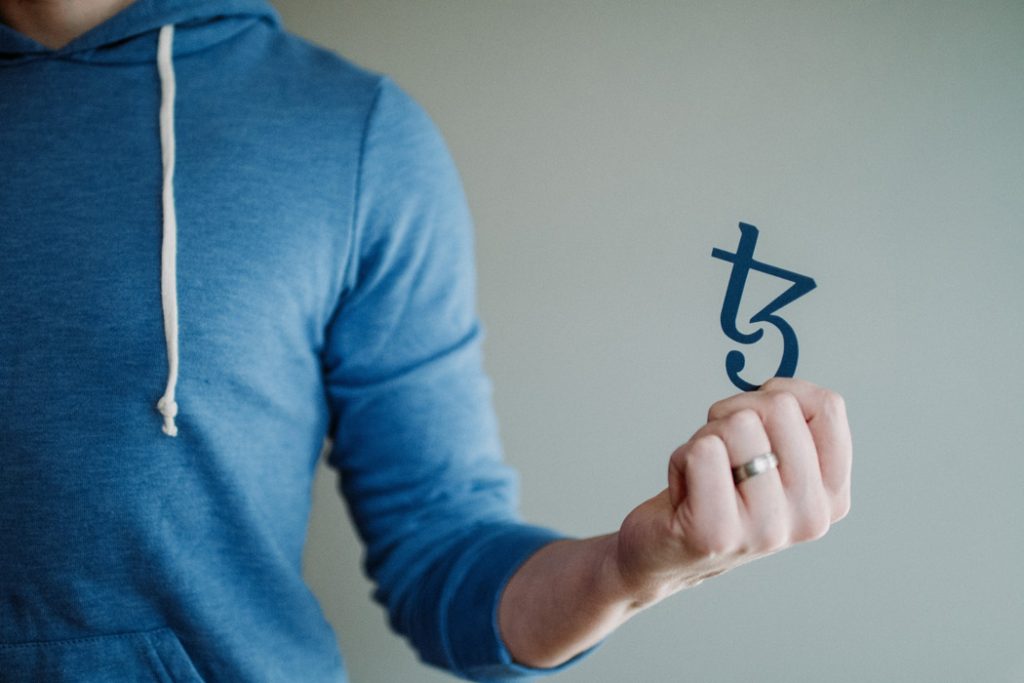
Full disclosure: I’ve met a few times with some guys who are intent on launching their own “decentralized finance” cryptocurrency.
I don’t pretend to understand it. In fact, I even have a hard time understanding money. If you do, you’re a lot smarter than I am.
Consider this: Let’s say I deposit $10,000 in a local bank. Based on the principle of fractional reserve (which assumes all depositers won’t withdraw their money at once), the bank can therefore typically lend out $9,000. Suppose a business borrows that $9,000, and on payday auto deposits $1,000 in each of 9 employees’ checking accounts. My $10,000 has become $19,000 in deposits. And the bank now has an additional $8,100 to lend. With another iteration of borrowing and payday auto deposits, my $10,000 is now $27,100, plus the bank once again has more money to lend.
I think of money as a zero-sum affair: if I have $10 in my pocket and decide to spend it on something, I then have $0. But financial institutions can seemingly create money out of thin air. And collect interest on the loans they make.
As the cryptocurrency universe exploded, with an estimated 10,000 cryptocurrencies such as Bitcoin in existence as of this February, enthusiasts said to themselves, “There’s an opportunity here. Let’s create a bank that uses cryptocurrencies instead of money issued by governments. Everyone will make money!”
Just as the number of cryptocurrencies has exploded in the years since Bitcoin was first created in 2009, in the last three years there’s been a flurry of new types of cryptocurrency-based financial institutions.
My first response is: this is crazy. Individuals are not only creating new currencies but also new institutions completely outside any centralized government or corporate control.
But then I remember that the monetary system is itself mysterious, yet has created a medium that has facilitated an amazing worldwide flow of goods and services.
As I write this in late February, there are nearly 250 decentralized finance projects, commonly referred to as DeFi platforms. The largest one, Terra, has a market capitalization of over $25 billion. Avalanche has a market capitalization of over $19 billion. Some DeFi enterprises even have a state license to lend money or are a chartered state bank.
Typically, those investing earn significantly more than they would if they were depositing money in a bank. In addition, one can borrow from a DeFi using crypto holdings as collateral. And since digital assets are used as backing, there are usually no credit checks.
And it all happens without going through an intermediary such as a brokerage, exchange, or bank. Which is why it’s referred to as “decentralized.” You can borrow from other participants, or lend to them.
As with everything related to cryptocurrency, DeFi uses a public ledger called blockchain, which we’ve discussed in the past. This ledger resides on many computers rather than a centralized server.
If a hallmark is decentralization, then who runs a specific DeFi platform? Quite often they use a “decentralized autonomous organization,” or DAO. The crypto-enthusiast thinking is, “Yep, has to be that way. We don’t want any authoritarian government or greedy corporation in control. We want control distributed.”
In a DAO, the rules of the DeFi platform are encoded in a computer program and controlled by members of the community, with no central leadership.
There’s much more, but that’s all my brain can handle for now. Suffice to say that the crypto world continues to explode with new ideas and ventures, and could well transform money as we know it. Even the Federal Reserve is considering issuing a U.S. digital currency.
But a caveat, of course. It’s a Wild West out there, and some of the ventures have experienced serious failures. In 2016 the Bitfinex cryptocurrency exchange was hacked and $72 million in Bitcoin was stolen—worth about $3.2 billion as of late February’s price of Bitcoin.
In another instance, in 2019 the owner of a Canadian cryptocurrency exchange with $145 million in assets died and no one else had the passwords that gave access to the digital wallets where it was stored. Oops.
Unlike these examples of centralized exchanges, decentralized platforms may be more secure.
There are those who say that the whole crypto-universe is a giant Ponzi scheme. The value of a Bitcoin has risen from a tiny fraction of a cent to—as I write this— about $40,000. Crypto investors dream of these sorts of riches. But of course there’s no FDIC ensuring that you still have some money if there’s a run on Bitcoin exchanges. In a flash, Bitcoin could be worth zilch in U.S. dollars.
However, all money is a bit ethereal, and for now I’m keeping an open mind. It could well be that DeFi is the wave of the future.
Find column archives at JimKarpen.com.
